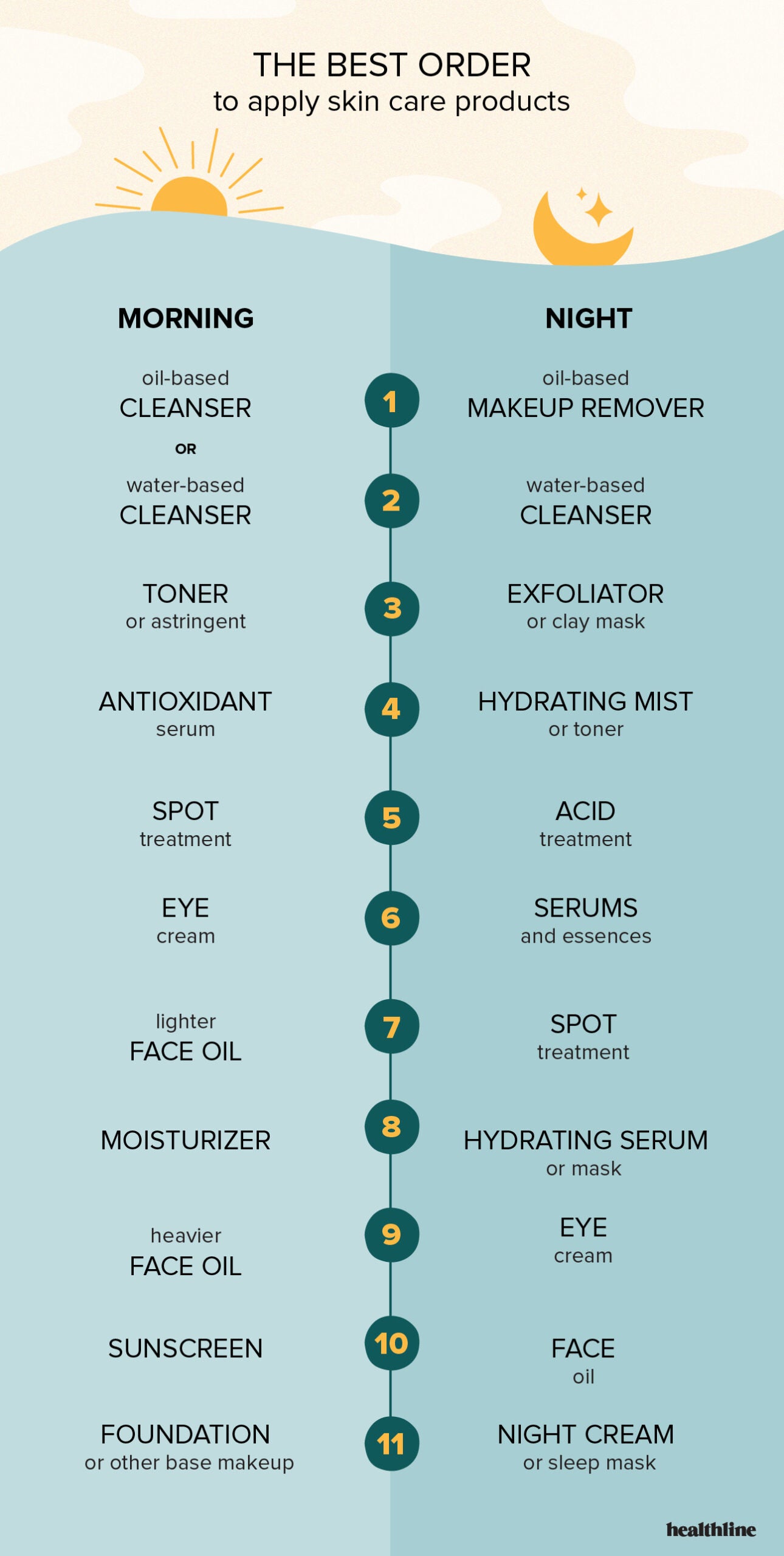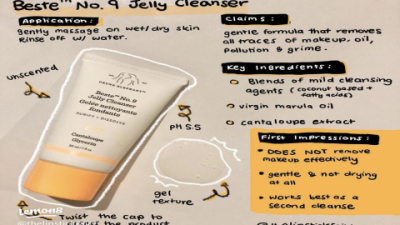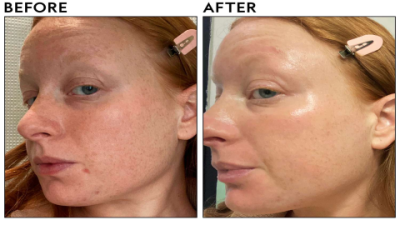If you’re into music production, chances are you’ve heard of Serum by Xfer Records. It’s one of those synths that almost everyone loves because it sounds amazing and is pretty intuitive to use. But here’s the thing: just like any software, Serum gets better with updates. And honestly, keeping it updated can save you a lot of headaches down the road. Whether you’re moving from Serum to Serum or just want the latest fixes, this guide will walk you through the whole process without making it feel like a chore.
Why Bother Updating Serum?
Okay, so you might wonder, “Do I really need to update Serum?” Well, yes. Updates aren’t just about shiny new features (although Serum brings some seriously cool stuff). They’re also about fixing bugs that might be messing with your workflow, making sure everything runs smoothly with your DAW, and sometimes even improving performance so your CPU doesn’t cry for mercy. Plus, if you bought Serum 1, the upgrade is free—so why not?
- New Features: Serum adds things like granular and spectral oscillators, plus a third main oscillator. That means more sound design options.
- Bug Fixes: No one likes crashes in the middle of a session. Updates patch those annoying bugs.
- Compatibility: New OS updates or DAW versions can cause issues if your plugins aren’t up to date.
- Free Upgrade: If you own Serum 1, Serum is free. That’s a pretty sweet deal.
Step-by-Step: How to Update Serum Without Losing Your Mind
Alright, let’s get into the nitty-gritty. Here’s how you can update Serum without pulling your hair out.

1. Check What Version You Have and Your License
First thing’s first: figure out which Serum version you’re running. If you bought it from Xfer Records, just log into your account on their website. If you’re using Splice’s rent-to-own, check your lease status there. If it says “Owned,” you’re good to go for the free Serum upgrade. If it says “Active,” you can still use both versions.
2. Back Up Your Presets
This one’s crucial. Don’t skip it. Your presets are your baby. They’re usually stored in Documents under Xfer/Serum Presets. Just copy that folder somewhere safe—an external drive, cloud storage, whatever works for you.
3. Uninstall Old Versions (Optional but Helpful)
Sometimes leftover files cause weird glitches. If you’re feeling cautious, uninstall Serum before installing Serum 2. On Windows, delete the Serum.dll files from your VST folder. On Mac, remove the AU or VST files from their respective folders.
4. Grab the Latest Installer
Head over to Xfer Records’ site if you bought Serum there, or update your Splice app if you’re using that. Download the latest version for your OS—Windows or macOS.
5. Install It
Run the installer like you would with any software. On Windows, it’s usually a simple .exe file. On Mac, mount the .dmg and run the .pkg installer. Follow the prompts.
6. Open Your DAW and Rescan Plugins
Once installed, open your DAW and rescan your plugins folder so it picks up Serum 2. This step is super important or you won’t see the new version.
7. Authorize Serum
If it asks for authorization, just enter your license info. No worries if you want to keep Serum around; both versions can live together peacefully.
What’s So Cool About Serum 2?
Serum isn’t just a patch or a minor update—it’s a whole new beast. Here’s what you get:
| Feature | What It Does | Why You’ll Love It |
|---|---|---|
| Hybrid Oscillators | Includes wavetable, granular, spectral, multi-sampler, and sample oscillators | Allows you to craft sounds you couldn’t before—think beyond classic synth tones |
| Third Main Oscillator | Adds a third oscillator for layering | More depth and complexity in your patches |
| Clip Sequencer & Arpeggiator | Built-in MIDI tools for rhythmic patterns | Make your sounds move and groove without extra plugins |
| Multi-Bus Effects Processing | Route effects across multiple buses | More control over your sound shaping and mixing |
| Real-Time Modulation Visualization | See how your modulations affect sound in real time | Faster tweaking and more intuitive sound design |
Honestly, if you’ve been stuck with Serum for a while, you’re missing out on a lot of creative tools that can really push your music forward.
Some Common Issues and How to Fix Them
Updates can sometimes be tricky, so here are a few things that might trip you up and how to fix them:

- Serum Not Showing Up in DAW: Make sure you rescanned your plugins folder. Also, double-check that you installed Serum in the right folder for your DAW.
- Authorization Errors: Sometimes logging out and back into your Xfer or Splice account helps. Also, verify your license info.
- Crashes or Audio Glitches: Try uninstalling Serum completely and reinstalling. Also, update your DAW and audio drivers.
- Missing Presets: Restore your backup presets folder or import presets manually.
FAQs
Q: Is Serum a paid upgrade?
A: Nope! If you own Serum 1, Serum is free for you.
Q: Can I keep using Serum after updating?
A: Yes, both versions can coexist on your computer.
Q: Will Serum work with my DAW?
A: It works with all major DAWs on Windows and Mac.
Q: What if I bought Serum somewhere else?
A: It’s best to update through the original platform—Xfer or Splice. Other sellers might not offer free upgrades.
Q: Will I lose my presets?
A: No, but backing them up before updating is smart.

Extra Tips to Get the Most Out of Serum 2
- Spend time playing with the new oscillators—granular and spectral can create crazy textures.
- Use the clip sequencer to add movement and rhythm without extra MIDI plugins.
- Experiment with multi-bus effects routing to build complex soundscapes.
- Check out tutorials and forums to learn cool tricks and stay inspired.
- Keep an eye out for future updates—Xfer is always improving Serum.
So yeah, updating Serum might seem like a small thing, but it really can open up a whole new world of sound design and music-making possibilities. Follow these steps, and you’ll be set up in no time, ready to dive into the fresh features and improved stability that Serum brings. Happy producing!



